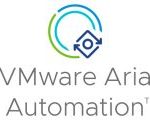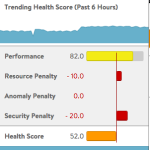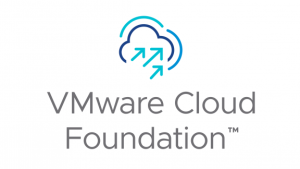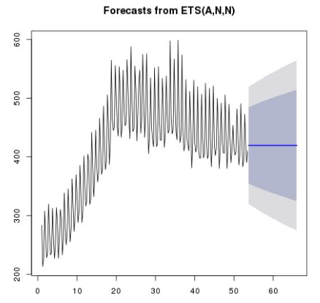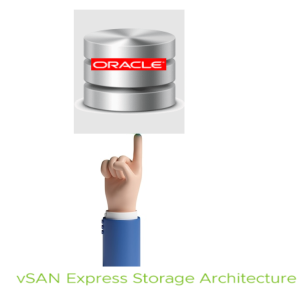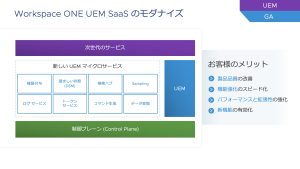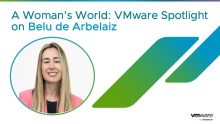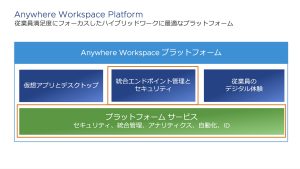
In the current dynamic IT environment, staying shackled to legacy technologies can lead to a series of frustrating challenges, especially when dealing with legacy load balancers and complex iRule scripting. This blog post will explain why not everything requires custom script, instead out-of-the-box policies should take care of 80% of situations. See the power of VMware Avi Load Balancer in liberating IT professionals from their technical debt.
Perils of Being Stuck in the Past: Legacy Load Balancers and iRules
Tech of the Hardware Era
Legacy load balancers are relics of the past, designed around technology from decades ago. Even for basic functions like HTTP-to-HTTPS redirects and content switching, they remain stuck in a time warp. Hardware appliances make it increasingly difficult to keep up with modern demands and speed.
Complexity Breeds Errors
Legacy load balancers require IT professionals to master TCL scripting skills, a language first introduced in the 1980s, to write iRules. One small syntax error can lead to catastrophic failures. Scripting needs rigorous testing, and troubleshooting is a daunting task. The complexity becomes a nightmare for those responsible for maintaining them.
Performance Issues
These iRules are computationally expensive at scale, demanding meticulous scripting by skilled staff. As your organization grows, the performance bottlenecks become more evident, putting your applications and customer experience at risk.
Fragile and Intimidating Legacies
With legacy load balancers, there’s a fear of touching many iRules because no one is entirely sure what they are doing. The original coders have long since gone, leaving behind a complicated scripted legacy. The load balancers become black boxes no one wants to touch, limiting your ability to adapt to changing business requirements.
Maintenance Menace & Config Drifts
Documentation and version tracking become monumental challenges over time. As configurations drift from their original state, it becomes increasingly challenging to maintain consistency and ensure compliance.
The VMware Avi Load Balancer: Your Path to Liberation
Key Features Enabled by Default
Avi is a game-changer. It comes with key features enabled by default, saving you from the hassle of complex configurations. With simple policy based click-through GUI or API calls, you can customize data-plane manipulation effortlessly.
Customize Better with Avi
For complex use cases that require highly customized rules, Avi offers the option to use custom data-plane scripts. While similar in concept to iRules, it’s built on the Lua scripting language that is decades newer, more computationally and memory efficient, better documented, and easier to code. You don’t need to be a scripting wizard to take advantage of its flexibility. Simply leverage the numerous sample rules.
Worth It to be Debt Free
Transitioning to the VMware Avi Load Balancer may require some effort, but the benefits far outweigh the costs. By making the switch, you can become technical debt-free, unshackling yourself from the burdens of legacy systems.
Embrace the Future: Break Free from iRules and Reclaim Your IT Control
In the relentless world of IT, the need to adapt and evolve is paramount. Staying bound to legacy load balancers and complex scripting languages like iRules is a recipe for disaster. The VMware Avi Load Balancer is your lifeline, offering simplicity, performance, and freedom from technical debt.
Don’t let iRules rule your life any longer. Embrace the future with the VMware Avi Load Balancer and experience a transformation that will forever change the way you manage your load balancing needs. It’s time to break free from the past and take control of your IT infrastructure like never before. Your organization’s success depends on it.
The post Stop iRules from weighing you down: Ditch your biggest Technical Debt by upgrading to VMware Avi Load Balancer appeared first on VMware Load Balancing & WAF Blog.
